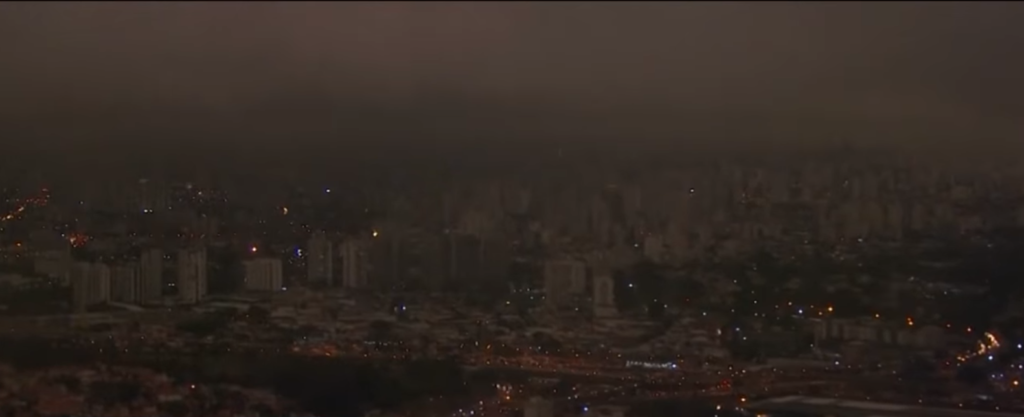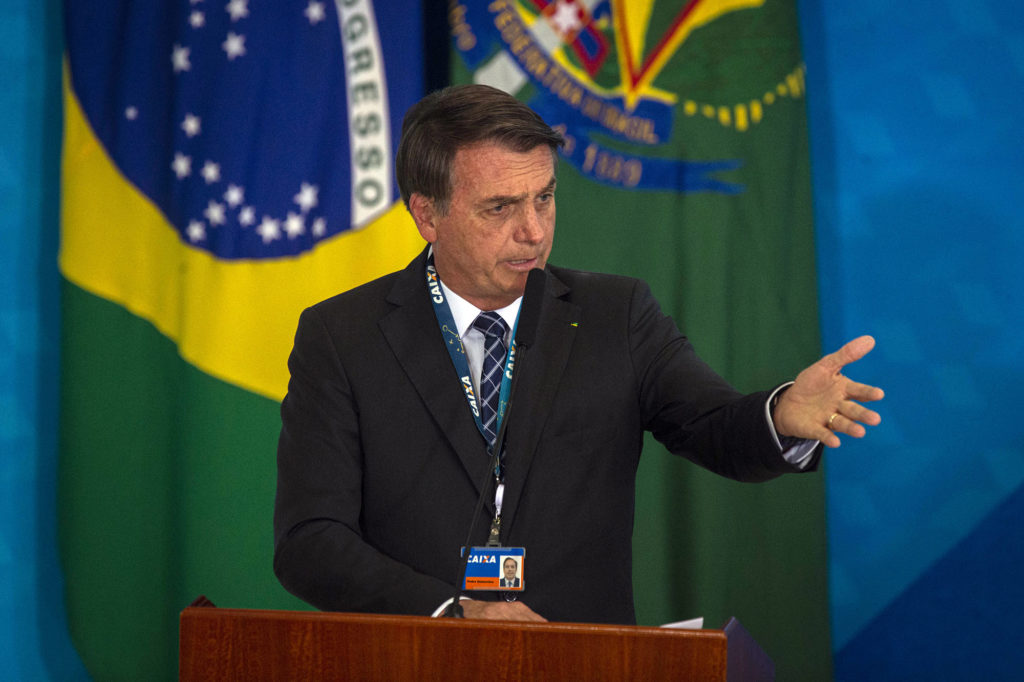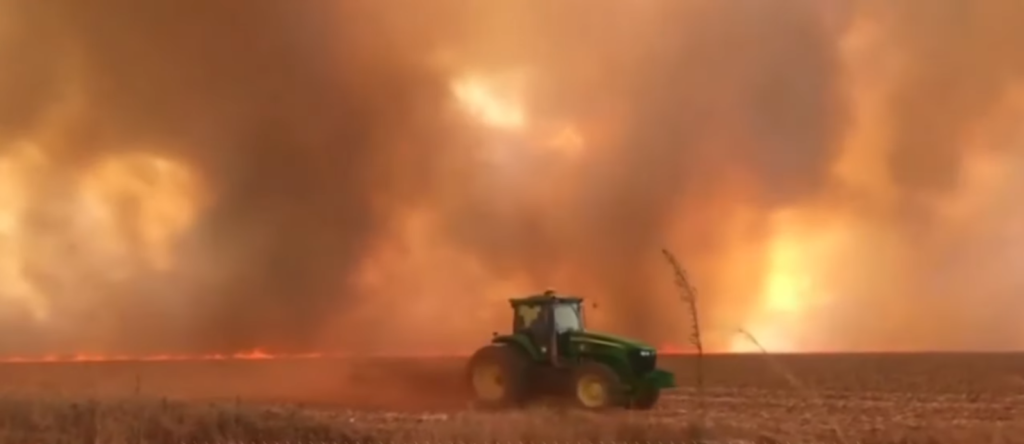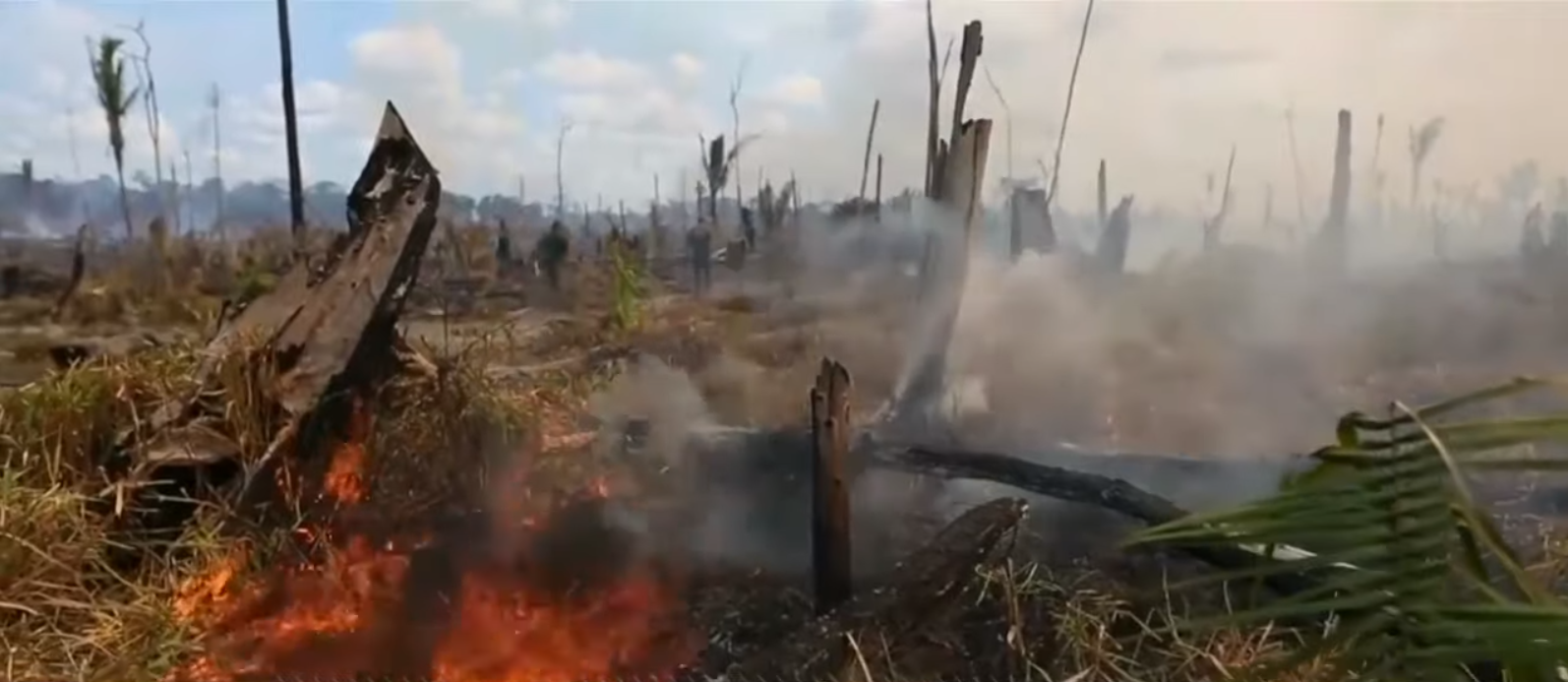The Amazon Rainforest, one of the largest suppliers of Earth’s oxygen, has been on fire for three weeks, with no end in sight and blame being placed onto the Brazillian government.
Satellites have spotted fires raging in the states of Amazonas, Rondonia, Para and Mato Grosso, with Amazonas being the most affected. Smoke from the fires was carried over 1,700 miles away to the town of San Paulo, Brazil for an hour Monday afternoon.
Over 75,000 fires have been reported so far in 2019 by the National Institute for Space Research (INPE), a stark increase from 40,000 recorded in 2018.
July and August mark the dry months in the rainforest, a peak time for deforestation efforts, such as farming, mining and drilling to create an adverse effect on the region.

Related Articles:
In Amazonas, heat from forest fires has been above average every day this month, according to data from the Copernicus Atmosphere Monitoring Service. On Aug. 15, the energy released into the atmosphere from Amazonas was about 700% higher than the average for this date over the previous 15 years.
According to INPE, more than 1½ soccer fields of the 670 million hectare rainforest are being destroyed every minute of every day.
The rainforest makes up 20% of the Earth’s oxygen and 10% of the world’s known biodiversity. Its destruction would affect many things far away from South America, including controlling the climate, availability of drinking water and how we farm. This is why the region has the nickname “the lungs of the planet.”
The Brazillian President, Jair Bolsonaro, and his administration has been under fire, as he is being blamed for encouraging deforestation of the land, and ignoring the wishes of the indigenous people living there.
The governments’ policies have put a greater emphasis on development over conservation, as fewer penalties are being handed out to those confiscating timber from the area. Convictions given to those that commit environmental crimes have also fallen.
Bolsonaro has made claims that various non-government organizations (NGOs) are starting to fires purposely to spite him and his regime.
“On the question of burning in the Amazon, which in my opinion may have been initiated by NGOs because they lost money, what is the intention? To bring problems to Brazil,” he said to a steel industry congress in Brasilia.
When pressed on if he had any names of NGOs that could be the culprit, and whether he had any evidence of this, he said there were no written records and it was just a gut-feeling.

“Those who destroy the Amazon and let deforestation continue unabated are encouraged by the Bolsonaro government’s actions and policies. Since taking office, the current government has been systematically dismantling Brazil’s environmental policy,” said Danicley Aguiar, of Greenpeace Brazil, a nonprofit dedicated to protecting nature.
Last month Bolsonaro got into a spat with the director of INPE, claiming he was lying about the severity of the deforestation of the area after the director published a study that showed an 88% increase in deforestation this June compared to the same month last year. He was fired shortly after the dispute.
NASA also claims that overall fire activity in the region is slightly below average this year.
In addition to Blosonaro, the media is being criticized for its lack of coverage of the destruction.
There are many actions concerned citizens can take, as well as organizations accepting donations to fight the fires and focus on conservation efforts, including:
- The Rainforest Trust is a group that has saved over 23 million acres since 1988.
- Reduce paper and wood consumption. The Rainforest Alliance is a group that lets customers know if the products they buy is rainforest-safe and also allows them to purchase rainforest-friendly products from their site.
- Reduce beef intake. Beef found in processed products and fast-food burgers is often linked to deforestation.
- The World Wide Fund for Nature (also known as the World Wildlife Fund) works to protect species in the Amazon and around the world.
- Ecosia.org is a search engine that plants a tree for every 45 searches you run.
- There are several Change.org petitions going on currently. A lawyer in Rio Branco has accumulated over 3 million signatures to mobilize an investigation into the Amazonian fires.
- Amazon Watch is an organization that protects the rainforest, defends Indigenous rights and works to address climate change.
- The Amazon Conservation Team works to fight climate change, protect the Amazon and empower Indigenous peoples.
- Amazon Conservation accepts donations and lists exactly what your money goes toward. You can help plant trees, sponsor education, protect habitats, buy a solar panel, preserve Indigenous lands and more.
- Contact your elected officials and make your voice heard.
- One Tree Planted works to stop deforestation around the world and in the Amazon Rainforest. One Tree Planted will keep you updated on the Peru Project and the impact your trees are having on the community.
- Greenpeace’s petition telling the Brazilian government to save the Amazon rainforest and protect the lands of indigenous and traditional communities.

Henry Wolski
Associate Editor

